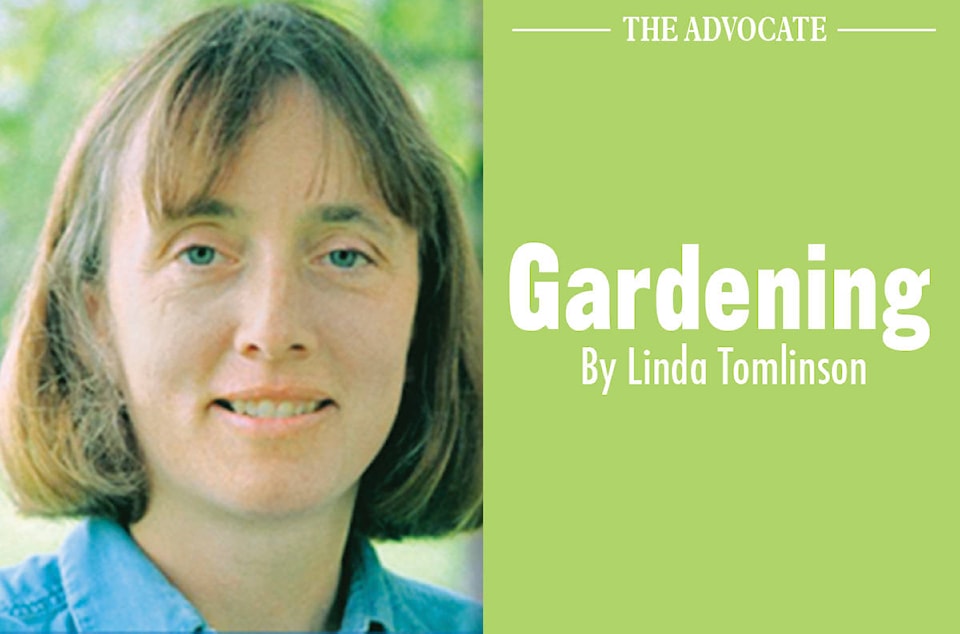Looking for houseplants for the fall? Then check out left over plants at the greenhouses and garden centres. A number of the plants that are now being grown on the patio grow well indoors. Taking the plants from a greenhouse to a house will be a bit of a climate shock which could result in a few yellow leaves.
Before taking any new plant into the house, check it for insects and eggs.
Insects are frequently found on stems, and on both sides of the leaves.
Eggs are often deposited on the bottom of the leaves along the veins.
Check the area where the leaves join the stem for webbing and the top of the leaves for sticky residue. All these are signs of insects and the plant should be left in the store.
Over the years Coleus have been kept in the house, in containers and in the garden. Coleuses are grown for their colorful leaves that can be a combination of many different colors.
Outside coleuses are placed in part shade but inside, especially in the winter months place these plants in a south or east window.
Plants wilt quickly when the soil is dry so water when the soil is slightly damp. Pinch back the tops of the branches to make it bushier.
Coleuses are easily propagated by cuttings that are either placed in water or soil.
Mandeville are vines that are most often sold as large plants for the patio but they can often be purchased as a small plant.
As house plants they thrive in a sunroom or a sunny south or west window. Water when the soil is slightly damp and fertilize when the plant is growing rapidly.
Placing a trellis in the pot encourages the plant to twine around that as opposed to objects in the house.
Cutting back the plant in the spring will encourage it to become bushier which is good as it flowers on the ends of the vines.
Repot when the plant appears to be starting to become rootbound as this plant does not need to be rootbound to flower.
Mandeville’s flowers in white and shades of red, pink and purples.
Purple Heart Tradescantia pallida is a trailing plant that one sees as groundcover in warmer climates.Locally it is used as a filler in containers or as a hanging houseplant.
Pinching back the tips of the plant will encourage it to become bushier. The stems are somewhat brittle and can beak easily. When this occurs stick the piece back into the soil and there is a good chance that it will root.
The plant grows best in a bright light. During the winter months it can be in a south or west window but move it further back into the room to avoid the direct summer sun.
Allow the top soil to dry out before watering.
The genus Tradescantia has a number of similar plants that grow well inside.
Tradescantia zebina has green and purple foliage with a silver shine.
Tradescantia fluminensis is green with white stripes.
Both varieties are easy to grow but need pinched back or they become lanky
Swedish Ivy Plectranthus.australis is not a true ivy but an upright plant with branches that hang downwards as it matures. The plant is grown for its fleshy scalped foliage which is either a shiny green or a green with a white edge. Pinching back the tips of the branches encourages the plant to become bushier.
Swedish Ivy prefers to have a moist rootball during the growing months but like most house plants, it requires less water in the winter when it is dormant.
English ivy, hanging asparagus, inpatients, petunias and begonias ar just a few of the dual purpose, patio and houseplants.
Linda Tomlinson is a horticulturalist that lives near Rocky Mountain HOuse. She can be reached at your_garden@hotmail.com.
